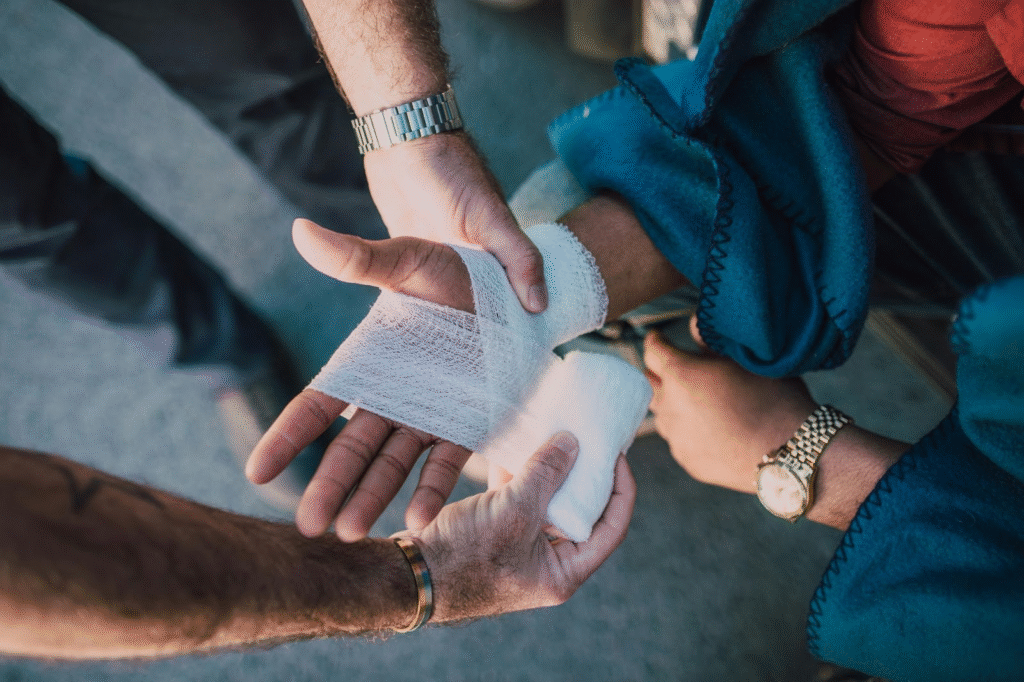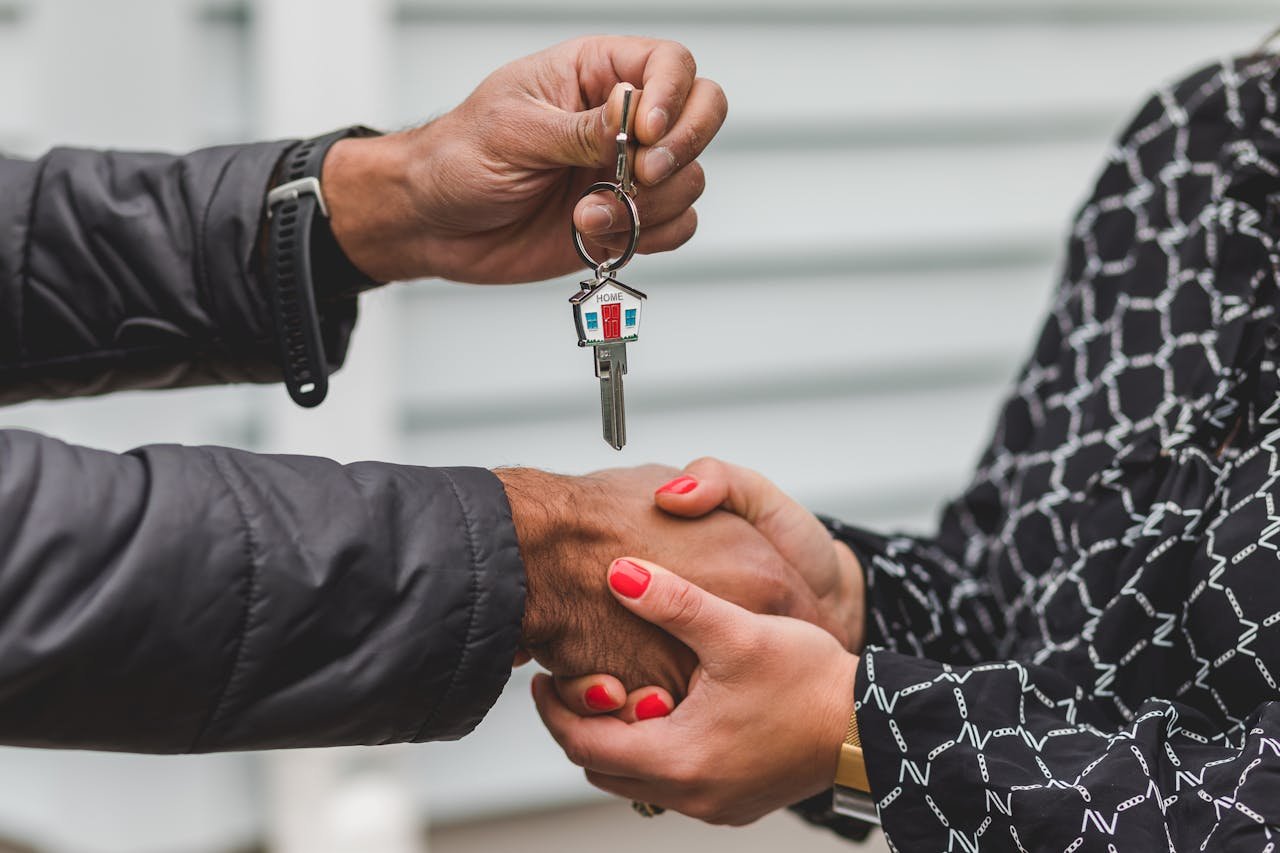A personal injury can seriously affect your life depending on the severity – especially if it’s been caused by someone else’s negligence. In that case, you’ve got both the injury itself to recover from and the complication of getting the compensation you deserve, which can cause a lot of stress and anguish.
It doesn’t have to be that way, however. Providing you put the necessary steps in place, you can organize your legal battle in a way that minimizes impact on your daily life. In this article, you’ll learn three key components involved in seeing your case through to completion and getting your life back together.
Image Credit: Pexels
1. Understanding Case Context
Your first step should be working to understand the intricacies of your case and how it should be fought. You’ll need to make note of the specific injury sustained and why, as well as who you suspect is at fault and why they are.
You should rely only on facts, as any conjecture will muddy the water and make it less likely that the outcome of your case will be in your favor. It’s also important to have a working understanding of how you expect this injury will disrupt your life, both in terms of work commitments and your quality of life in general.
2. Collecting the Necessary Documentation
Any strong case relies on evidence, and in the beginning, you’ll need to be collecting and organizing any necessary documentation to support your case.
Relevant information can take many forms. For example, with a personal injury case, medical documentation is crucial: this will involve elements like written testimony from your doctor regarding the diagnosis of the injury, the treatments prescribed, and their assessment of the cause, as well as any medical billing receipts and other charges.
Eyewitness accounts are another important piece of evidence you should try to secure early on. You don’t want a situation where it’s your word against the offending party, so other people’s written testimony, such as from those passing by at the time of the injury, can prove invaluable.
You should also take pictures of your injury, preferably soon after it occurs, as this provides visual evidence of the physical damage sustained when it may have healed somewhat by the time the case begins.
3. Approaching the Right Professionals
When attempting to claim compensation for a personal injury that wasn’t your fault, it’s essential to have the right legal representation.
In cases like these, you’ll need a dedicated personal injury attorney to help you. Take Frost Law Firm, PC, for example. They have years of experience helping people with a whole manner of personal injury claims, and have the necessary expertise to scutinize the evidence and build a water-tight case.
Professional help is most certainly worth investing in, as it’s important to try and resolve the case as speedily as possible.
Wrapping Up
Hopefully, you now feel you have a more thorough understanding of the steps involved with working through a personal injury case. It won’t be easy, but take things little by little, and you’ll get there. Good luck!







